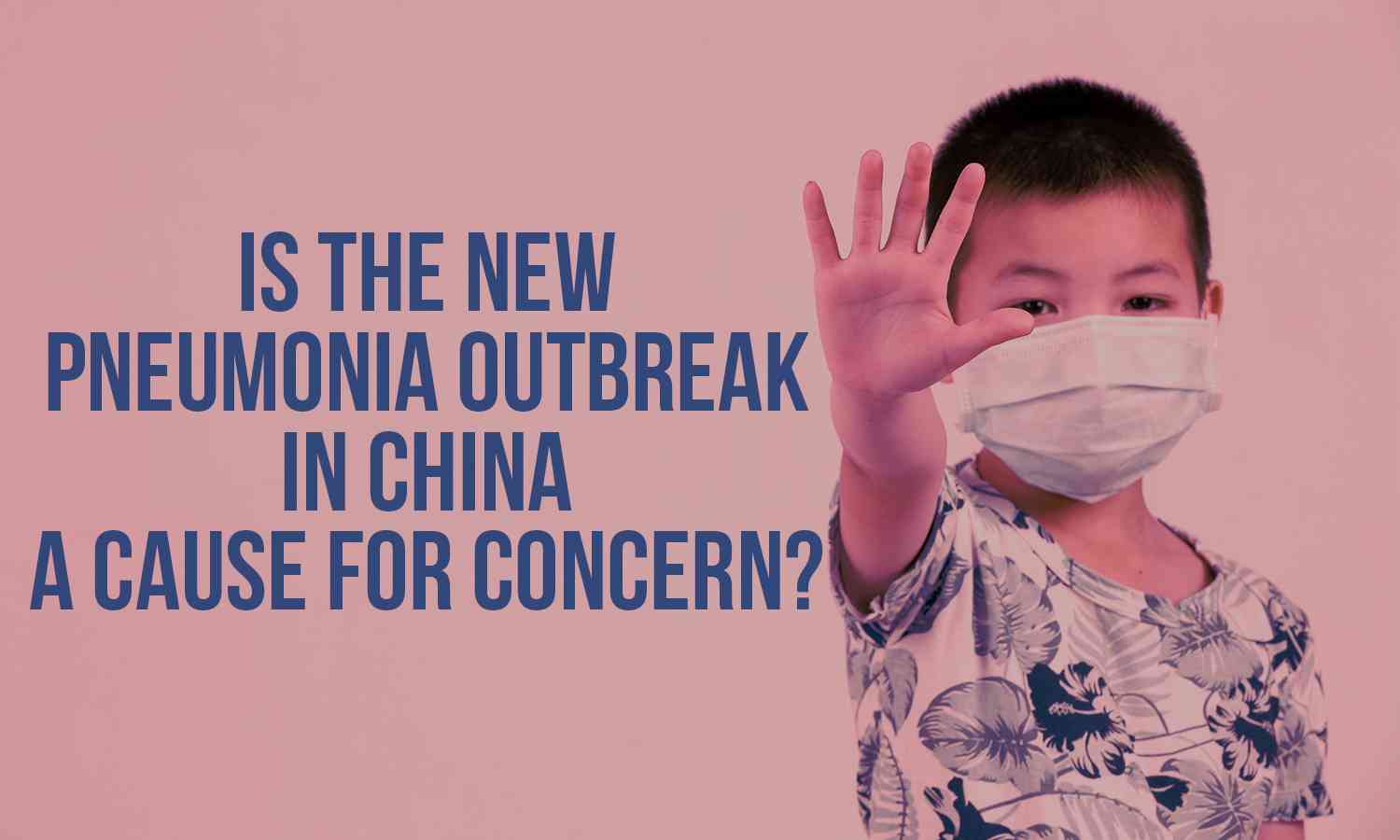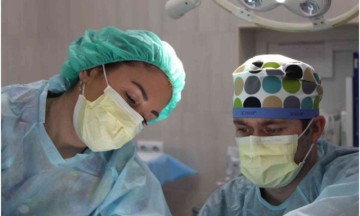The recent surge of an unidentified pneumonia outbreak among children in China has garnered international attention, prompting queries about its severity and implications. As of October 2023, a noticeable escalation in respiratory illnesses has been observed, coinciding with China's relaxation of COVID-19 restrictions after three years of stringent measures.
The World Health Organisation (WHO) has urged China to provide comprehensive details regarding this concerning trend, highlighting the necessity for a robust response strategy. While the root cause remains elusive, some health experts suggest a potential correlation between the spike in cases and the aftermath of lifting lockdown measures. This uncertainty surrounding the infections' origin evokes memories of the early stages of the global pandemic, raising alarm among health professionals.
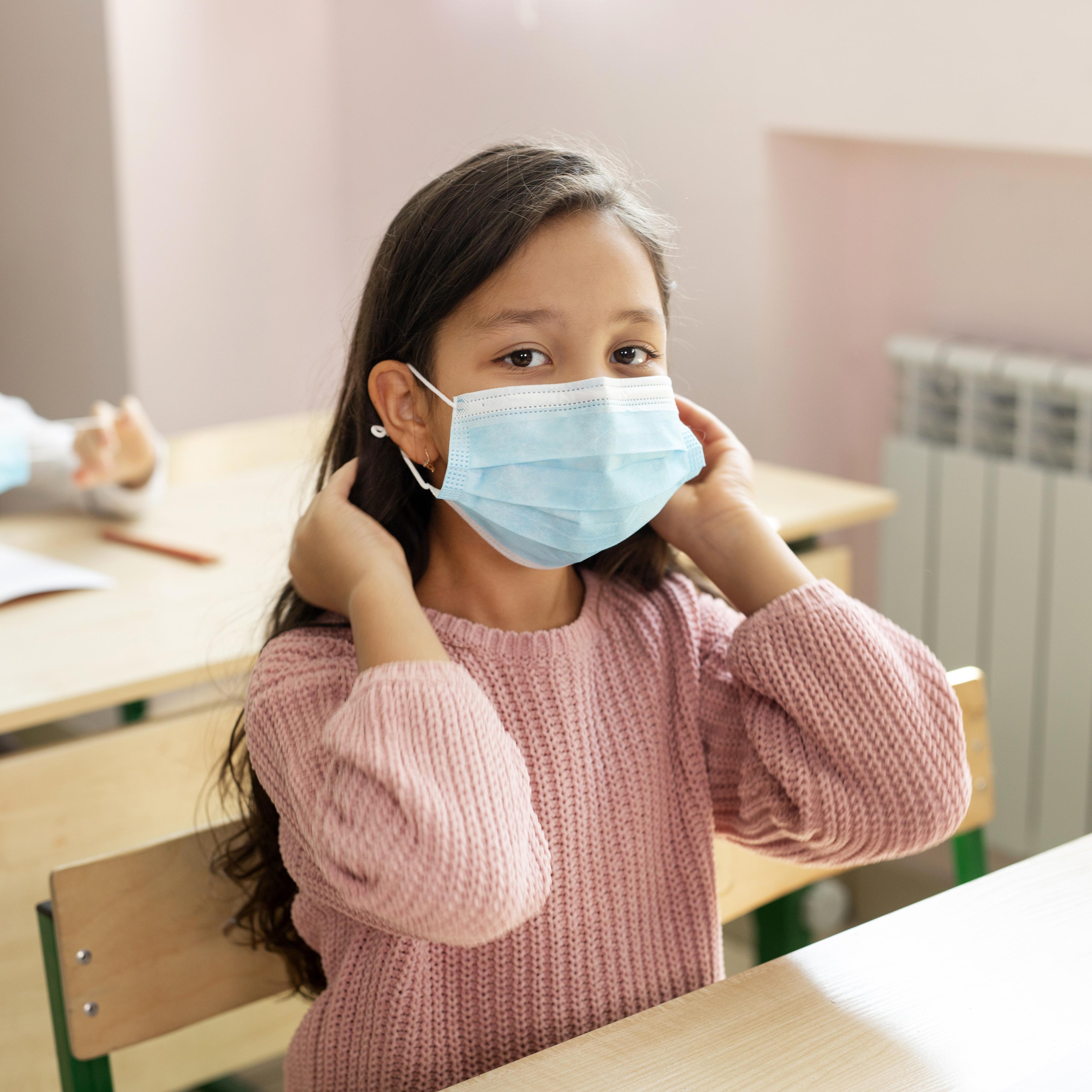
Here's a breakdown of the current situation and what is known so far about this pneumonia outbreak in China:
Overview of the Outbreak: China's National Health Commission reported a surge in respiratory diseases during a recent press conference held on November 13. Concurrently, the Program for Monitoring Emerging Diseases (ProMED) documented clusters of unexplained pneumonia cases affecting children in northern China. The affected areas, notably Beijing and Liaoning in the northeast, are geographically distant.
The WHO's request for extensive information from China encompasses epidemiological data, clinical insights, and laboratory findings related to these reported clusters among children. While official figures on the number of cases remain undisclosed, hospitals in Beijing are witnessing a notable influx of patients, particularly in paediatric wards, with reports suggesting around 1,200 patients entering emergency rooms daily.
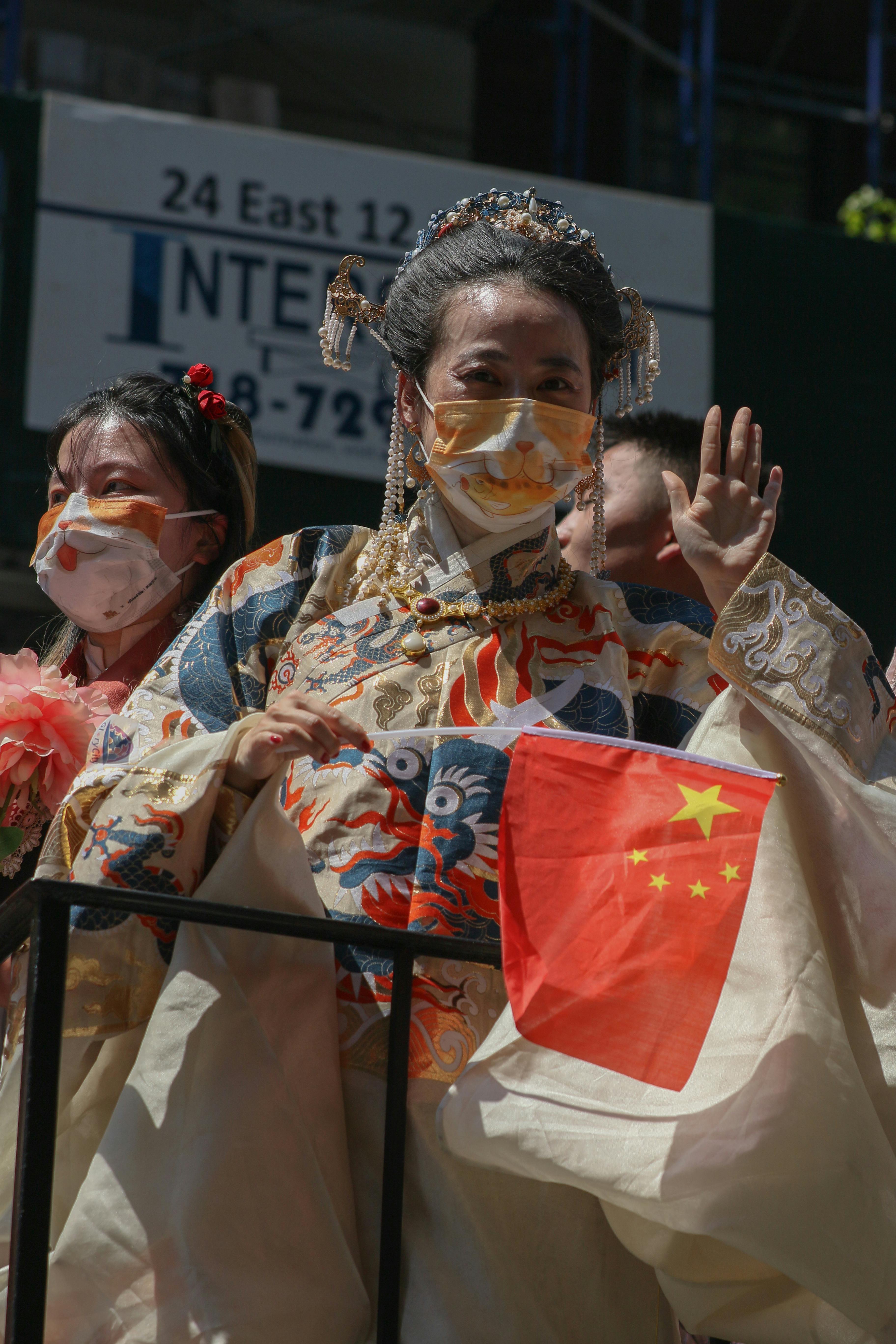
Concerns and Speculations: Health officials are apprehensive about the forthcoming winter season, anticipating a potential exacerbation of the outbreak. Authorities attribute the surge in cases to the relaxation of COVID-19 restrictions, a viewpoint echoed by health experts who liken it to the "lockdown exit wave" witnessed in other countries like the United Kingdom.
Mycoplasma, respiratory syncytial virus (RSV), and SARS-CoV-2 (the COVID-19 virus) are among the pathogens identified by Chinese authorities. However, the WHO seeks additional data to discern the recent patterns of these microorganisms and determine any novel pathogens contributing to the outbreak.
Future Projections and Precautions: Chinese authorities emphasised the need for heightened disease surveillance and bolstering healthcare system capabilities. Both the WHO and local medical professionals advise reinstating COVID-19 pandemic-era practices like thorough handwashing, mask-wearing, and maintaining social distance.
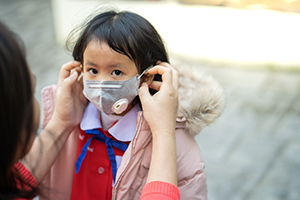
Notably, people in Liaoning Province are queuing up at traditional Chinese medicine hospitals, while patients at Dalian Children’s Hospital have encountered extensive waiting times, according to ProMED reports. Although the spike in infections primarily affects the younger demographic, concerns also loom over vulnerable groups such as the elderly and pregnant women.
Understanding Pneumonia and Recommended Precautions: Pneumonia, characterised by lung air sac inflammation due to bacterial, viral, or fungal infections, poses a substantial risk, especially to children and older adults. Recognised symptoms include chest pain, coughing, fever, and fatigue. Although potentially severe, antibiotics can treat bacterial pneumonia, with recovery timelines spanning from a week to several months.
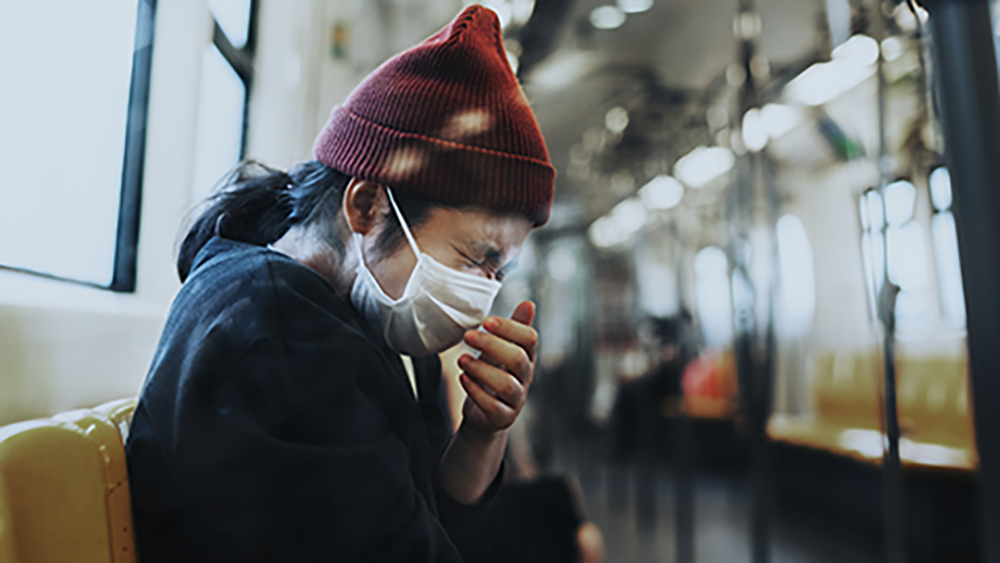
Given the escalating cases and clusters of respiratory illness, medical experts stress the importance of maintaining cleanliness and adopting precautions to mitigate transmission risks. Dr. Ajay Shukla, Director of Ram Manohar Lohia Hospital, advises vigilance and suggests distancing from individuals displaying respiratory symptoms. Additionally, he recommends the use of high-grade masks when venturing outdoors, especially in polluted environments.
As this pneumonia outbreak in China predominantly affects children and strains hospitals, cautionary measures for parents sending their children to school are strongly advised. Monitoring children for symptoms, communicating with school authorities about potential illnesses among classmates, and refraining from sending sick children to school are crucial steps emphasized by Dr. Shukla.
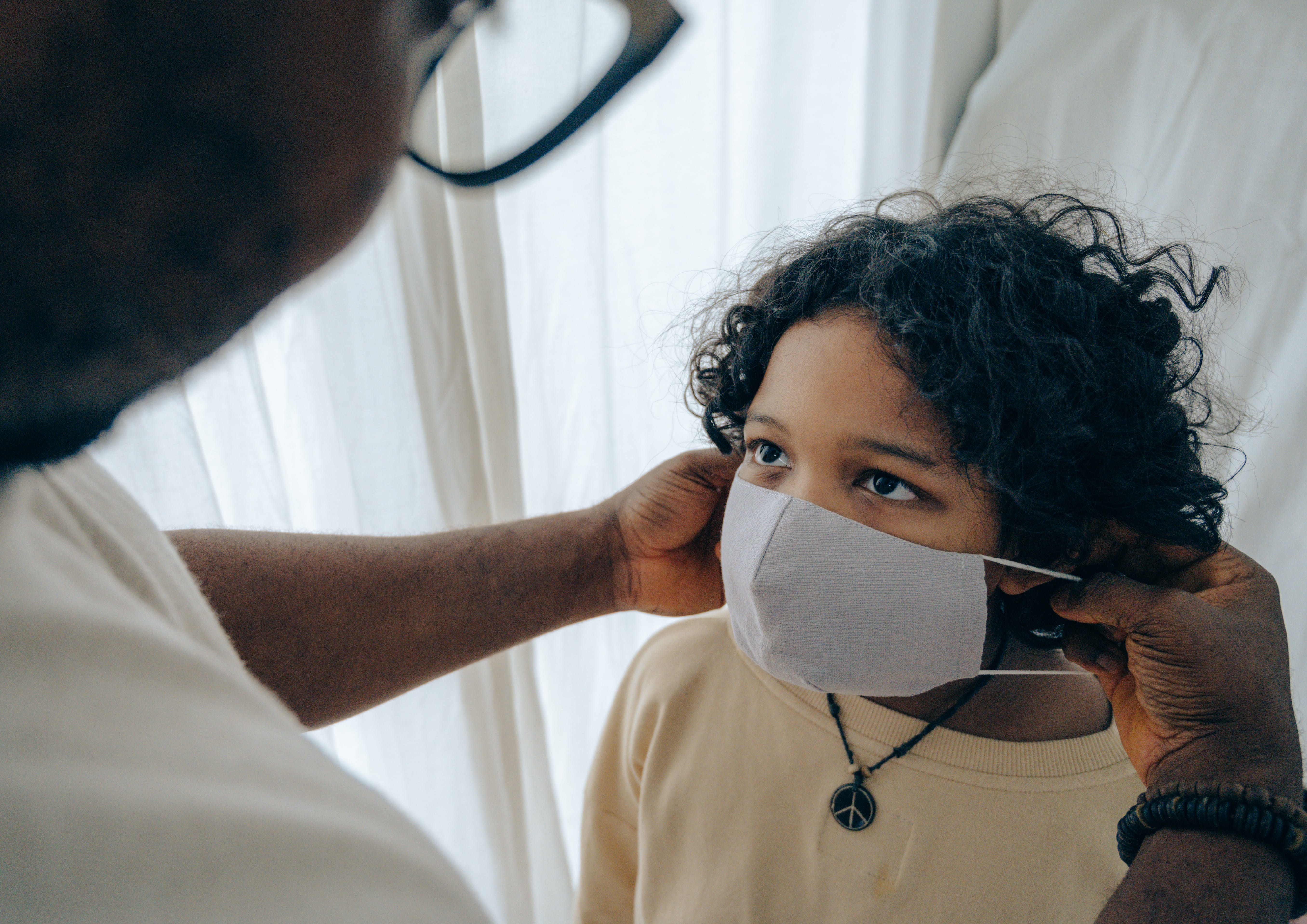
In conclusion, the evolving situation regarding this pneumonia outbreak in China demands collective vigilance, adherence to preventive measures, and immediate dissemination of accurate information to mitigate its impact on public health.
©️ Copyright 2023. All Rights Reserved Powered by Vygr Media.

